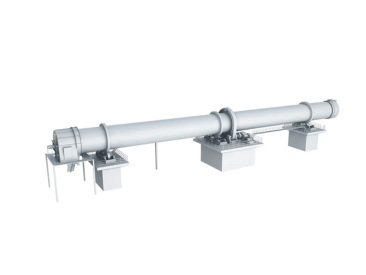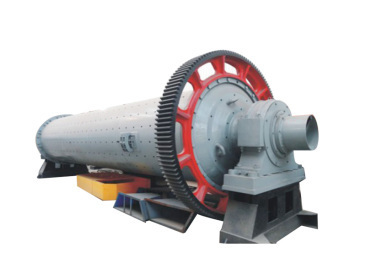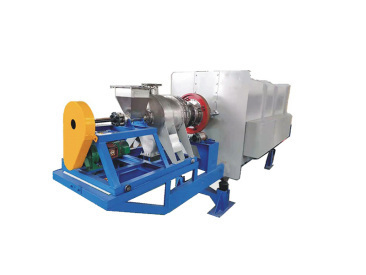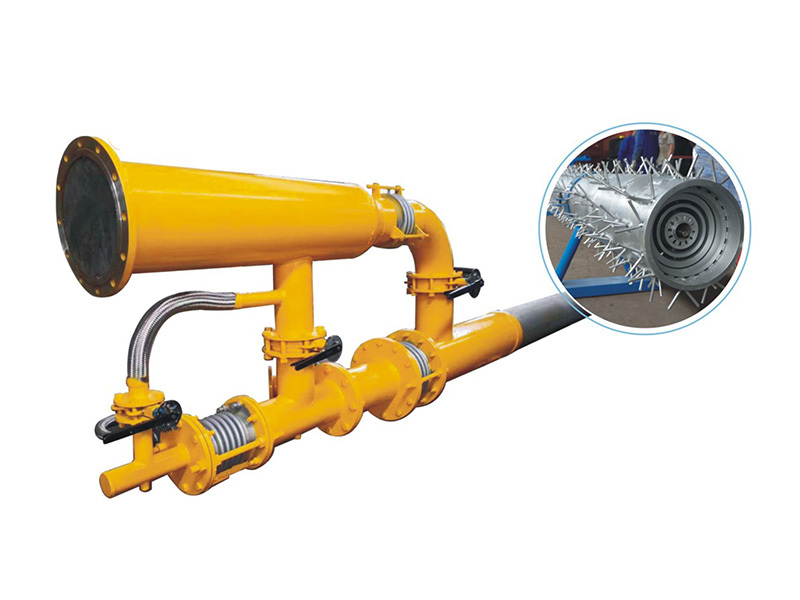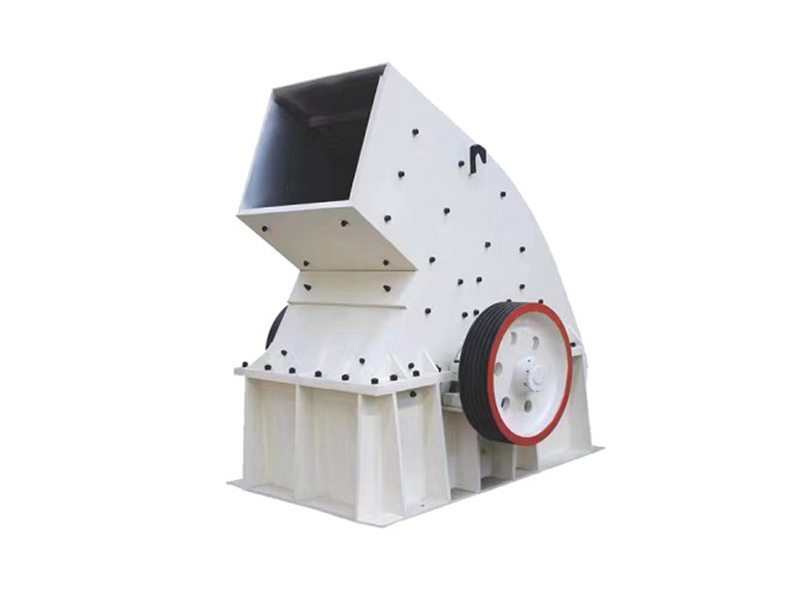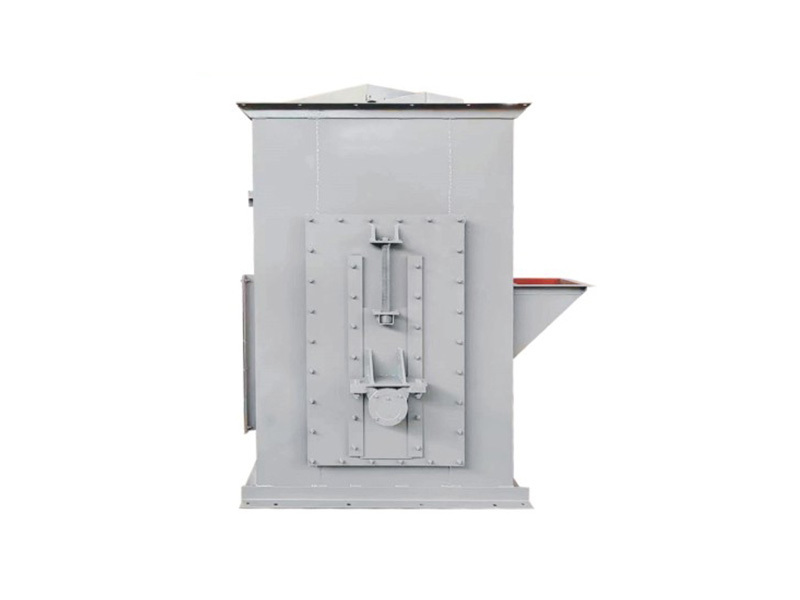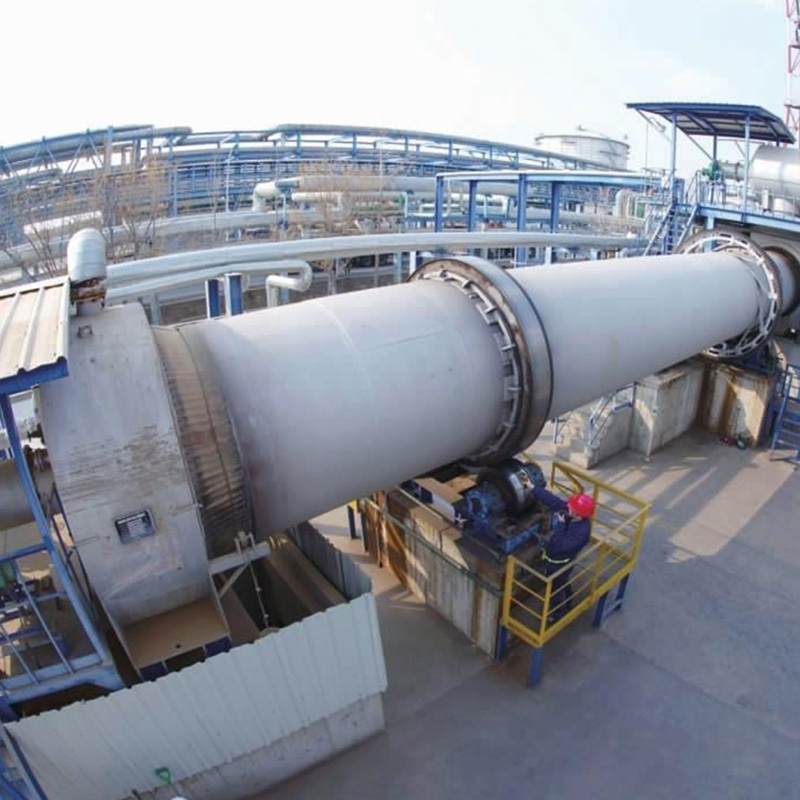The Essential Guide to Ball Mills: Mechanisms, Applications, and Benefits
Ball mills are a vital component in the manufacturing processing machinery sector, specifically in the crushing and sorting operations. They are widely used for grinding materials into fine powders and are particularly effective in the mineral processing sector. The fundamental mechanism of a ball mill involves the use of steel balls that tumble and grind the material to achieve the desired partic
Ball mills are a vital component in the manufacturing processing machinery sector, specifically in the crushing and sorting operations. They are widely used for grinding materials into fine powders and are particularly effective in the mineral processing sector. The fundamental mechanism of a ball mill involves the use of steel balls that tumble and grind the material to achieve the desired particle size.
The design and operation of a ball mill are relatively straightforward. It consists of a cylindrical shell that rotates on its axis, filled with balls made from steel or other hard materials. As the cylinder rotates, the balls are lifted to a certain height and then dropped, creating impact forces that break down the material. This grinding method is highly efficient due to the cascading motion of the balls, which ensures that the material is crushed evenly.
One of the key advantages of ball mills is their versatility. They can be used to grind various materials, from ores to chemicals and even pharmaceuticals. This makes them indispensable in several industries, including mining, construction, and chemical manufacturing. Additionally, ball mills can be configured for batch or continuous operation, allowing for flexibility in production requirements.
Moreover, the control of the particle size obtained from a ball mill can be managed by adjusting the mill speed, the size of the grinding balls, and other operational parameters. This level of control enables manufacturers to tailor the properties of the final product to meet specific standards and applications.
Another noteworthy aspect of ball mills is their energy efficiency. With advancements in technology, modern ball mills are designed to maximize power usage and reduce energy consumption. This not only leads to cost savings but also minimizes the environmental impact of production processes.
In conclusion, ball mills play a crucial role in the manufacturing and processing sectors. Their simple yet effective design, coupled with their ability to produce finely ground materials, makes them a staple in many industries. Understanding the mechanics and applications of ball mills can enhance operational efficiency and product quality, making them an essential consideration for any professional involved in material processing.
The design and operation of a ball mill are relatively straightforward. It consists of a cylindrical shell that rotates on its axis, filled with balls made from steel or other hard materials. As the cylinder rotates, the balls are lifted to a certain height and then dropped, creating impact forces that break down the material. This grinding method is highly efficient due to the cascading motion of the balls, which ensures that the material is crushed evenly.
One of the key advantages of ball mills is their versatility. They can be used to grind various materials, from ores to chemicals and even pharmaceuticals. This makes them indispensable in several industries, including mining, construction, and chemical manufacturing. Additionally, ball mills can be configured for batch or continuous operation, allowing for flexibility in production requirements.
Moreover, the control of the particle size obtained from a ball mill can be managed by adjusting the mill speed, the size of the grinding balls, and other operational parameters. This level of control enables manufacturers to tailor the properties of the final product to meet specific standards and applications.
Another noteworthy aspect of ball mills is their energy efficiency. With advancements in technology, modern ball mills are designed to maximize power usage and reduce energy consumption. This not only leads to cost savings but also minimizes the environmental impact of production processes.
In conclusion, ball mills play a crucial role in the manufacturing and processing sectors. Their simple yet effective design, coupled with their ability to produce finely ground materials, makes them a staple in many industries. Understanding the mechanics and applications of ball mills can enhance operational efficiency and product quality, making them an essential consideration for any professional involved in material processing.
Previous
Recommend Content
The Essential Guide to Ball Mills: Mechanisms, Applications, and Benefits
Ball mills are a vital component in the manufacturing processing machinery sector, specifically in the crushing and sorting operations. They are widely used for grinding materials into fine powders and are particularly effective in the mineral processing sector. The fundamental mechanism of a ball mill involves the use of steel balls that tumble and grind the material to achieve the desired partic






